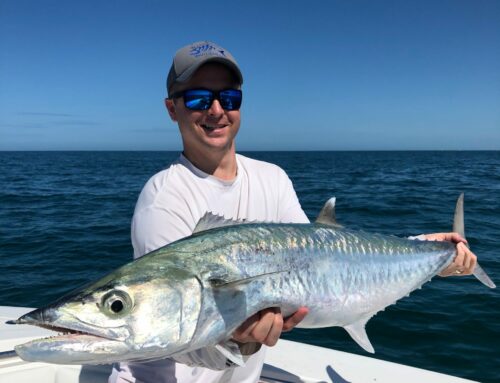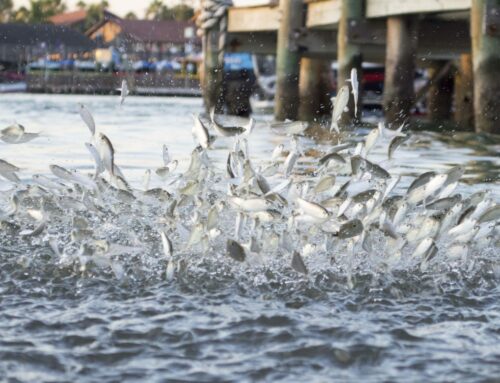Red Snapper Management – Federal vs. States
Red Snapper has been the hot button in the fishing industry and this year at ICAST in the TRCP Saltwater Media Summit they dared to address the issues. The talk featured three main speakers:
- Dr. Roy Crabtree, NOAA Fisheries
- Jessica McCawley, Florida Fish & Wildlife Commission
- Randy Pausina, Louisiana Department of Wildlife and Fisheries
The total quota for Gulf Red Snapper in 2015 was set at 14.3 million pounds, commercial sector can harvest 51% and recreational gets 49%. The recreational sector has been subdivided by the newly adopted sector separation (amendment 40) that further splits the recreational take to 42.3% to federally permitted charter for hire and 57.7 to “private” anglers. The great debate now is do we shift control of managing the stocks to the 5 Gulf States or do we continue to let NOAA manage American Red Snapper stocks.
First on the debate was Dr. Roy Crabtree of NOAA, he gave a great speech on how their plan IS working. With their management the stock in now not undergoing overfishing since 2009 and the current population size is healthy. They still considered ARS in danger, the main factor is that the older fish are the main breeders and their numbers are still low. He argued that the fish we have now are young and need to mature more. He also speculated it will take until 2030 to completely rebuild the population. The short seasons are due to three main factors: increased average weight (fish are bigger), increased landings per day (anglers are catching more) and of course longer State seasons. 2015 Season (days) : Federal 10 | AL 40 | FL 70 | MS 118 | LA 287 | TX 365
management the stock in now not undergoing overfishing since 2009 and the current population size is healthy. They still considered ARS in danger, the main factor is that the older fish are the main breeders and their numbers are still low. He argued that the fish we have now are young and need to mature more. He also speculated it will take until 2030 to completely rebuild the population. The short seasons are due to three main factors: increased average weight (fish are bigger), increased landings per day (anglers are catching more) and of course longer State seasons. 2015 Season (days) : Federal 10 | AL 40 | FL 70 | MS 118 | LA 287 | TX 365
Jessica McCawley of FWC was up next to speak. She stated that the states could better do a better job of determining stock sizes and managing harvest limits. She claims they understand the needs of their state’s anglers and with their new Gulf Reef Survey they are collecting better data to further their efforts.
Randy Pausina agreed with her and further provided information that NOAA’s program was not designed for in-season quota monitoring. He believes gulf-wide management is inflexible and unresponsive. It is not appropriate to have the same season structure, size limits and bag limits for every state. What works for Florida does not work for Louisiana. They have implemented a mandatory, free recreational Offshore Landings Permit that is designed to provide precise, real time data to support responsive management and localizing the management to account for differences in the fishery structure, needs, practice and traditions.
Overall the state fisheries management directors and angler advocates contend that the only way for recreational fisherman to have consistent access to Gulf Red Snapper is to allow state management the same way redfish, speckled trout, flounder and black drum are managed. Many commercial interests to do not support this they feel the system in place is working and like the IFQ system. A transfer of management would require an amendment to the bill reauthorizing the Magnuson-Stevens Act or a standalone bill.
It seems that it is clear that a NEW management structure is needed. Will it be easier and faster to deal with the NOAA and keep it under federal jurisdiction, or will 5 Gulf states work together and provide better systems and tracking? It was clear that no one has put together a great plan. The bureaucratic red tape and funding streams will determine the outcome of how red snapper will be managed.
Many agencies including American Sportfishing Association, Coastal Conservation Association and other advocacy groups made recommendations for federal fisheries laws and policies. Every one agrees that a revised approach to saltwater recreational fisheries management is needed and to potentially manage recreational saltwater fish in federal waters similar to the way that sates manage coastal fish.
So as a recreational fisherman, who do you want managing your fisheries?




Leave A Comment